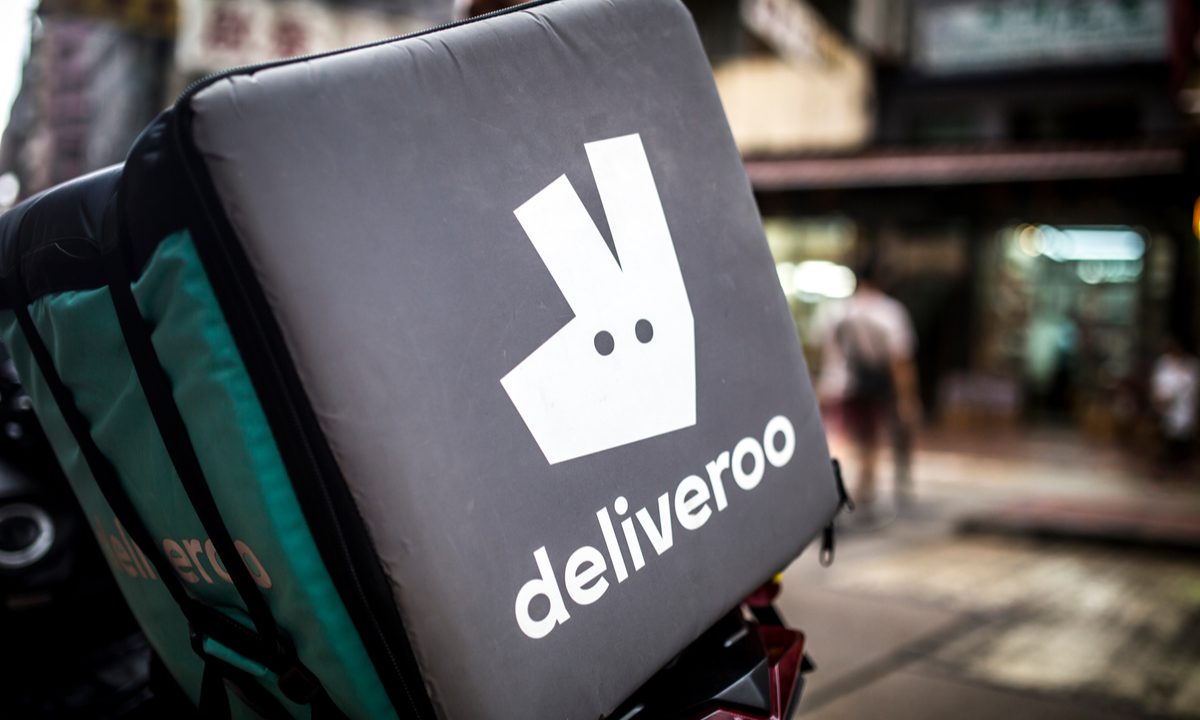Deliveroo Warns of Slower Growth as Pandemic Ebbs, Inflation Swells

For Deliveroo — and by extension, the pure play delivery aggregators — profitability often comes at the expense of growth. The platforms chase scale, recruiting drivers is always critical, and so is keeping consumers transacting with increasing frequency.
But in the current environment, black ink on the operating line may be a question of if, and not when.
Because, with the pandemic fading a bit, or simply becoming a fact of life, and with inflation running rampant, consumer spending is the key to long-term growth, and consumer spending seems chancy.
Deliveroo, the food delivery firm based in the U.K. (where it gets more than half of its sales), said as much in its first-quarter earnings report this week, stating that “consumer behavior may moderate during the year.”
Inflation a Headwind
That moderation, we note, may be understandable in an environment where inflation in the U.K. just hit a 30-year high, as reported Wednesday (April 13), of 7%. Blame fuel prices, but the price tag attached to everything, especially food, is getting steeper.
Deliveroo’s own growth is moderating across any number of metrics. The company’s value of global orders grew by 12% to 1.7 billion pounds, representing 18% growth in orders to 82 million. That represents a marked slowdown from the triple-digit percentage rates seen a year ago, buoyed by lockdowns and a shift toward getting everything delivered to the home. The GTV “basket” order has declined to 21.7 pounds from 23.2 pounds a year ago, though representing a slight boost above the £21.4 seen in the fourth quarter of 2021.
It is the individual metrics that might signal some of the pressures that are tied to the commentary on moderating consumer trends. Average monthly active consumer growth slowed to 16%, year on year, to 8.1 million, where those growth rates had been as high as 37% in the previous period (fourth quarter) and as high as 95% last year, with that pandemic tailwind in place.
The average order frequency remains at 3.4, the same as it was in the fourth quarter, and only slightly higher than the year ago first quarter, at 3.3. This implies that the urgency of having meals and groceries delivered may be waning.
To that end, the company is guiding to an adjusted EBITDA margin ( a rough measure of cash flow) of between negative 1.5% to 1.8% through the remainder of the year, a slight improvement from the (2%) seen in 2021.
Company documents say that the firm looks to reach breakeven by some time in the second half of 2023, or during the first half of 2024 — even as GTV is set to grow by 15% to 25%, per guidance.
Like any number of platforms, Deliveroo has been expanding what it brings to the consumer’s doorstep, beyond food, to include, say, pet food or cosmetics or toiletries. Management laid out a roadmap last month in a presentation that is leveraging demand for grocery-on-delivery.
And as noted in this space this past fall, the company has a partnership in place with Amazon Prime, which broadens the delivery options.
Read also: Deliveroo Doubles Premium Membership Through Amazon Prime Partnership
But the company is bumping up against the likes of Uber, which is itself seeking to turn to consistently profitable EBITDA levels, too. In just one recent example of Uber’s push toward super app status — and in key Deliveroo markets — Uber is adding new travel booking options for U.K. users.
Cross-pollination is a key ingredient for success for any online platform, but needs marketing spend to make it all work, which in turn hits margins. With the pandemic tailwinds at the aggregators’ backs, delivering profits along with each and every grocery/food order will be a tall order, indeed.